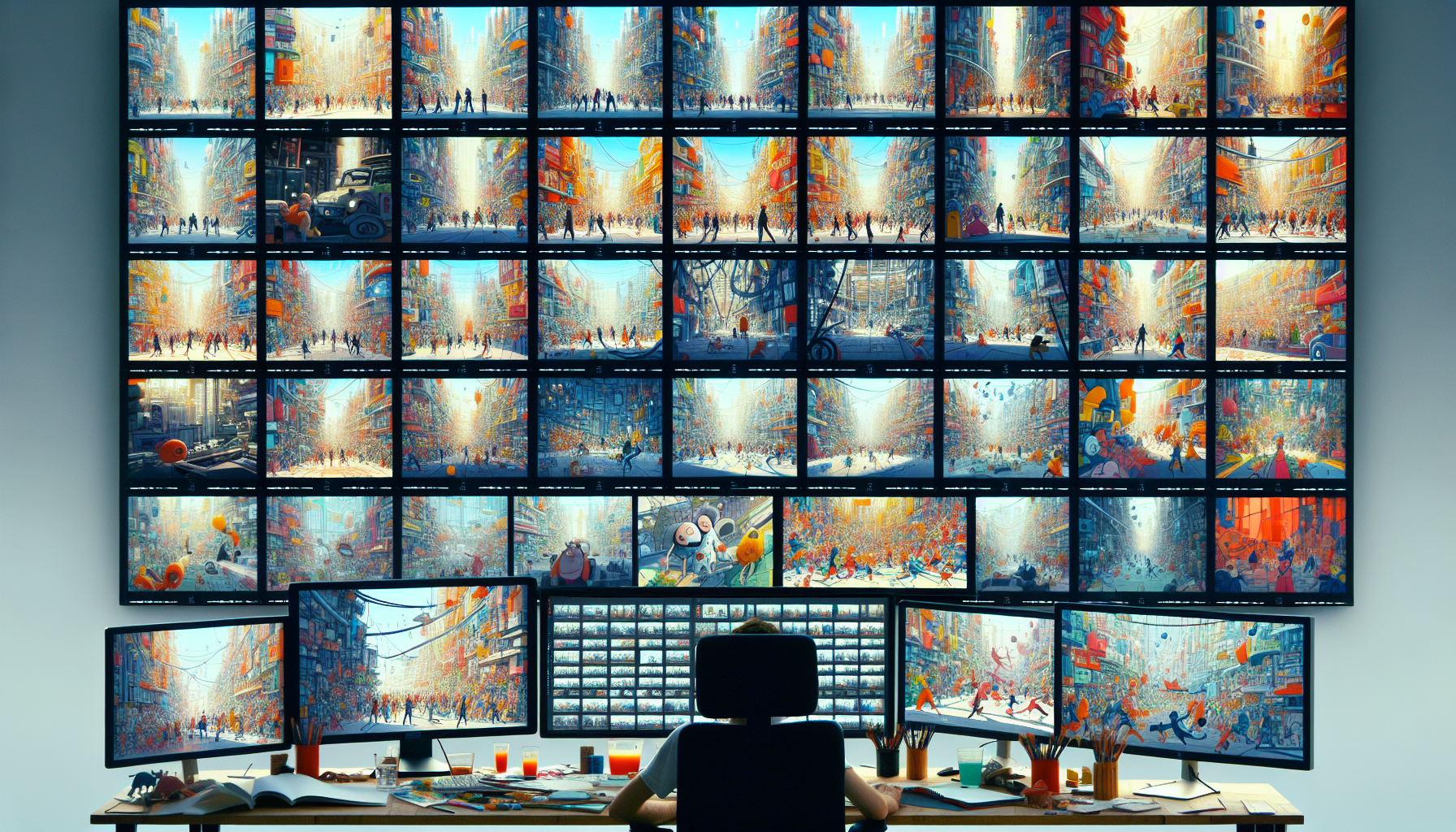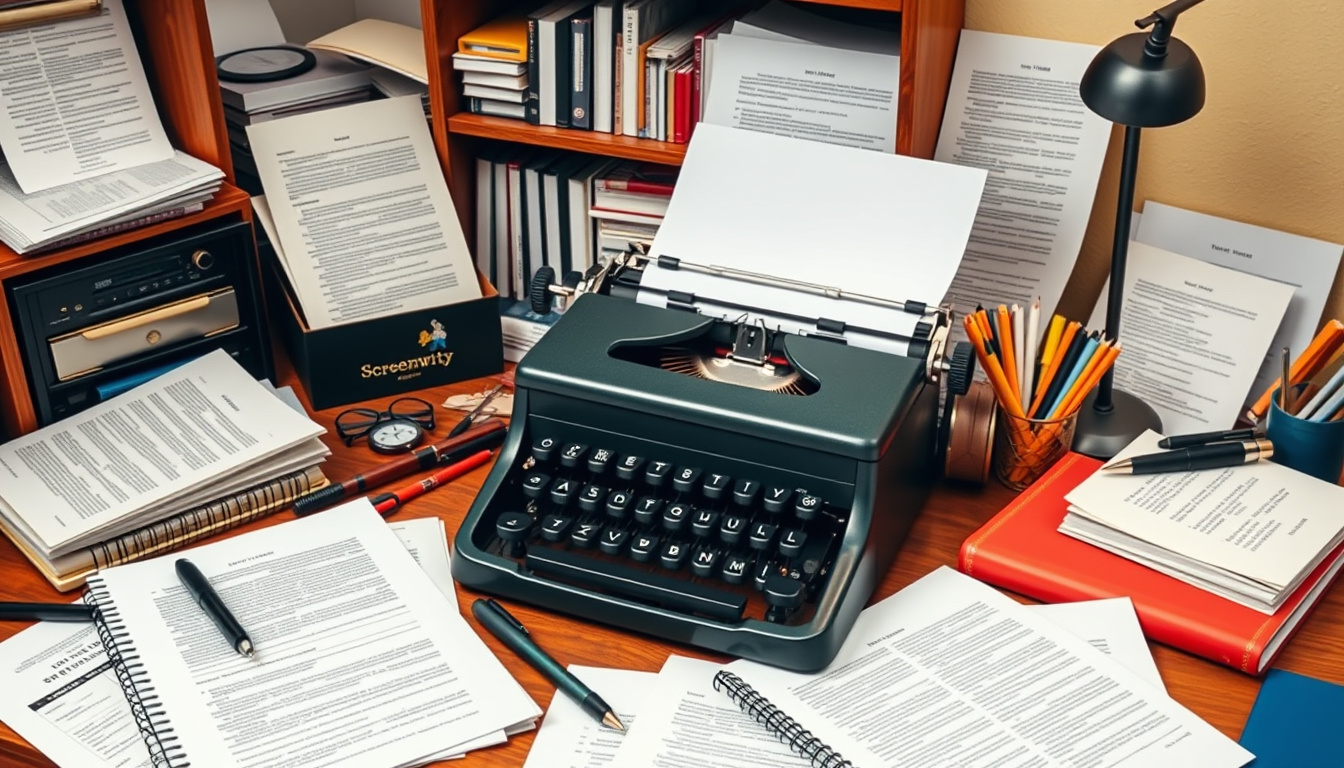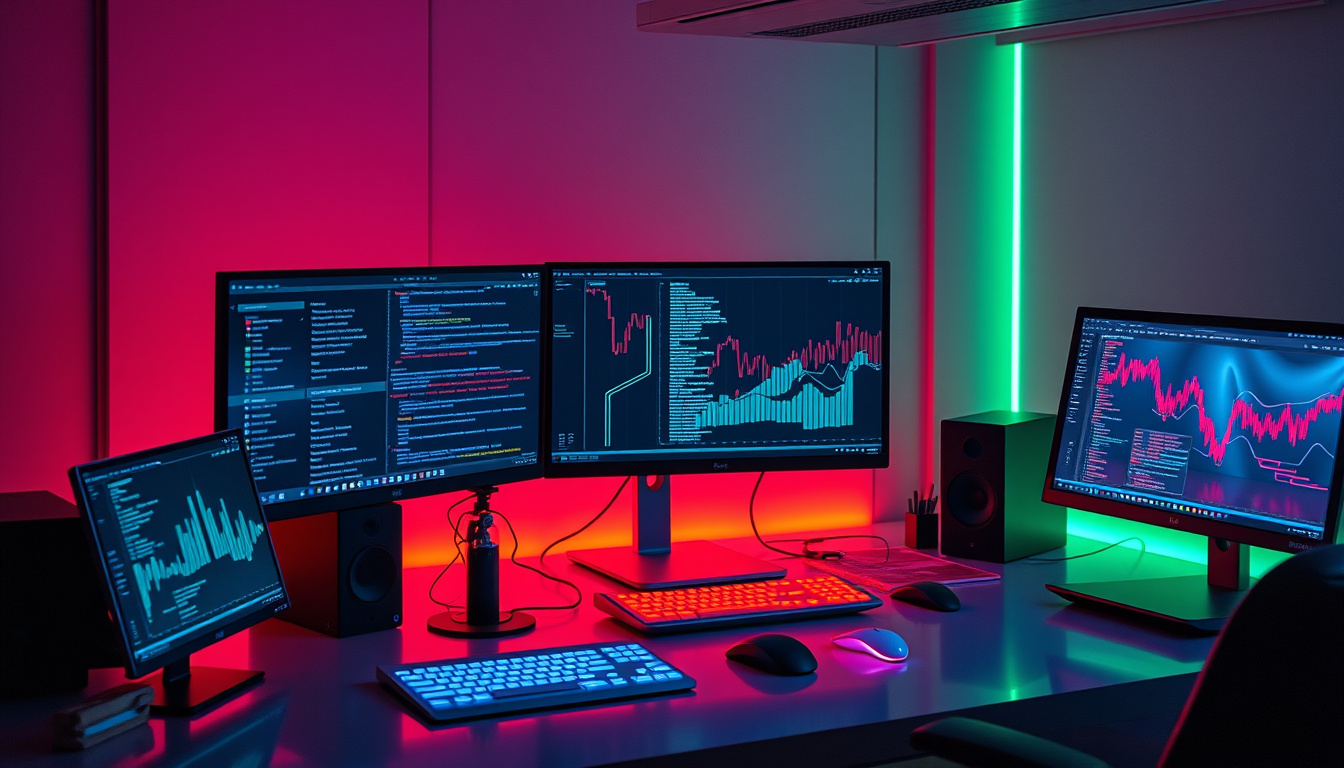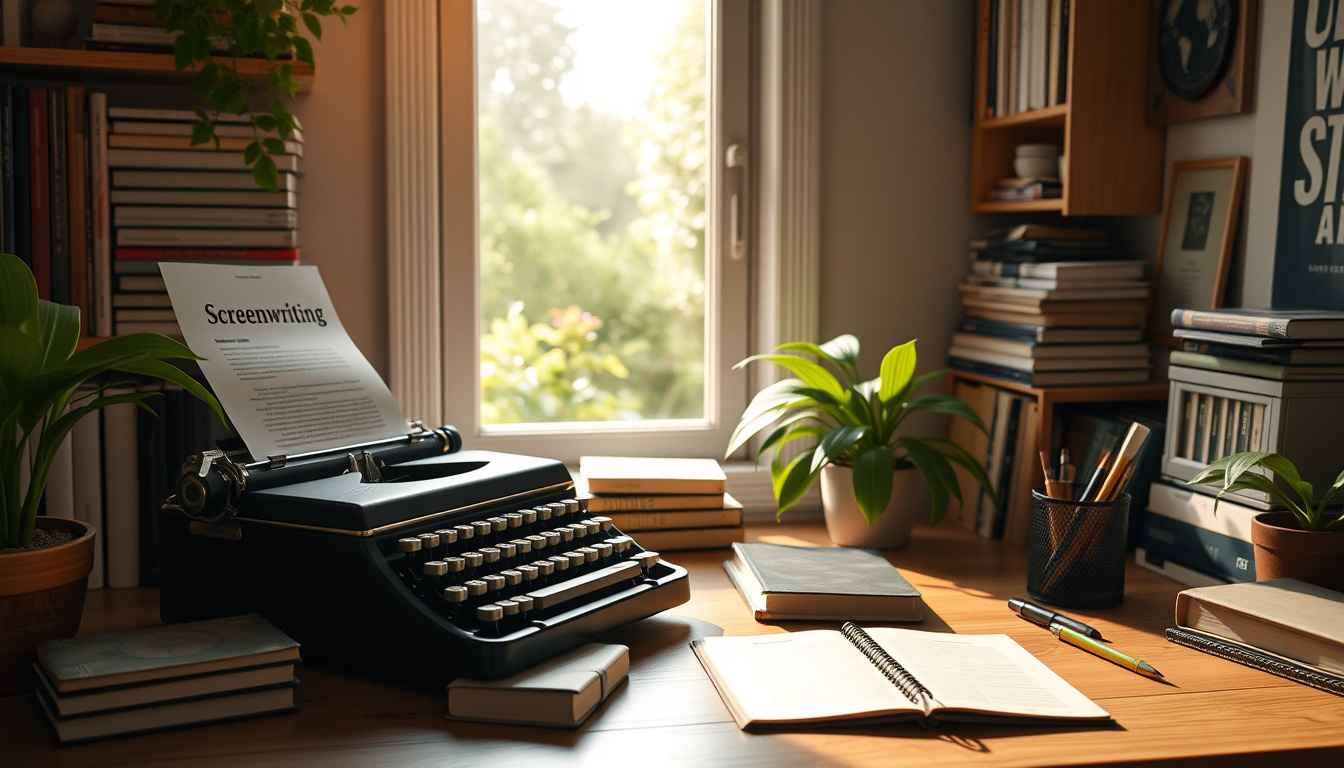
Welcome to the Whimsical World of Ensemble Animation!
Imagine stepping into a universe where multiple story arcs collide, characters burst with personality, and every frame dances with possibilities. That, dear reader, is the spectacular realm of ensemble animation. This isn’t your average cartoon; it’s akin to orchestrating a symphony with pencils and pixels. Buckle up, as we dive deep into the art and madness of weaving complex storylines and crafting dynamic characters in ensemble animations.
Constructing the Ensemble Cast: More Than Just a Crowd
First things first: what is an ensemble animation? Picture an animated series or movie where instead of one protagonist, you have several. And no, this isn’t just a chaotic narrative pile-up on the storyboard highway. It’s an intricate dance of personalities and tales, each contributing to the plot’s rich tapestry. Think ‘Toy Story’, ‘Avatar: The Last Airbender’, or ‘The Simpsons’ – where each character is essential, vibrant, and unusually suspect of stealing the show.
1. A Diverse Cast of Characters
Creating an ensemble means embracing diversity in its most animated form! Each character must have a distinct voice, quirks, and a uniquely designed pair of shoes (literally or metaphorically). Remember, variety is the spice of animation! Characters from different backgrounds, with contrasting personalities, ensure a plethora of interactions, making the storyline richer and the dynamics more engaging. If everyone was the same, it’d just be a very well-animated office meeting (and nobody needs more of those).
2. Balancing Screen Time: Juggling Knives, Blindfolded
Mastering the art of screen time distribution is like throwing a party where each guest feels like the guest of honor. In ensemble animations, it’s vital to share the spotlight, allowing every character to shine without overshadowing others. It’s about finding moments where characters resonate, clash, and eventually come together. Each scene must count, advancing the character’s involvement and the story, without making the plot look like a crowded subway car.
The Art of Interweaving Storylines: The Animator’s Loom
With great characters comes great responsibility—specifically, the responsibility to not drop the narrative ball. Managing multiple story arcs is like knitting a sweater for an octopus; it takes patience, skill, and a touch of madness.
1. Establishing Overarching Goals
The trick to interweaving storylines? Have an overarching goal or theme. This goal acts as the North Star, guiding all the subplots and character arcs. It ensures that despite the meandering paths the characters might take, they’re all walking (or crawling, or somersaulting) towards a common endpoint.
2. The Ripple Effect: Cause and Consequence
Every action in one narrative thread should create ripples, affecting the others. This interconnectedness ensures the story remains cohesive and dynamic. Think of it as the butterfly effect, but with less chaos theory and more practical magic.
Bringing It All To Life: Dynamic Character Interactions
Once the characters are fleshed out and the plotlines drafted, the real magic happens in the interaction. The relationships between characters are the soul of ensemble animations. It’s where all your groundwork pays off in beautifully animated, emotionally charged exchanges.
1. Dynamic Duos and Feuding Factions
Part of the fun in ensemble animations is watching relationships evolve. Pair up unlikely characters, throw in some challenges, and watch them grow individually and together. These dynamics shift, blend, and confront, often in hilarious or heartrending ways. Opposites might attract, but they also make sparks fly—ideal for gripping storytelling!
2. Consistency Is Key
No matter how frantic the interactions, maintaining consistency in character behavior is crucial. Characters might grow, but they shouldn’t randomly morph to suit a plot twist. Keeping them consistent makes them reliable companions for your audience as they navigate the convoluted narrative landscape.
Final Flourishes: From Paper Sketches to Animated Stars
Once the characters and the intertwined plots are on paper, the final leg involves bringing them to life with animation. This stage is about translating everything into visual poetry—every fluttering eyelash, explosive gesture, and subtle sight reaction should echo the essence of your crafted world.
Remember, dear animator, ensemble animation isn’t just about having a cast of thousands or story arcs that twist more than a pretzel factory. It’s about crafting a universe where each element enriches the others, creating a storytelling experience as deep and vibrant as the colors on your drawing board. Now grab your tools and create some animated alchemy!






